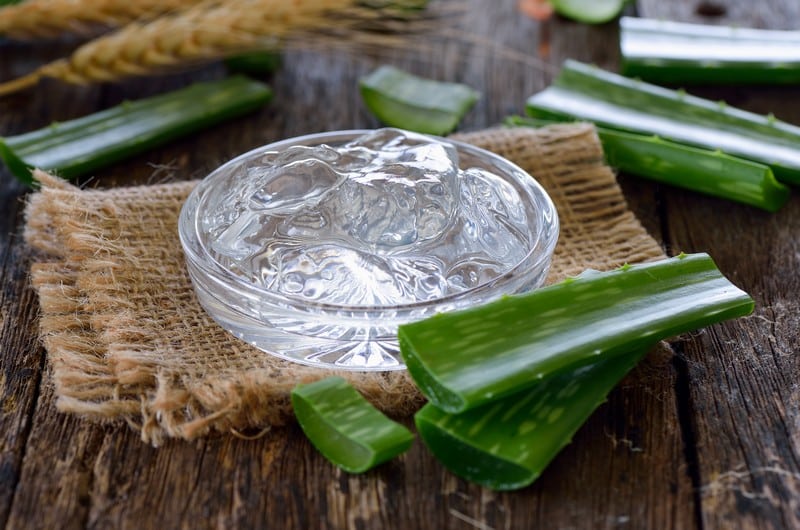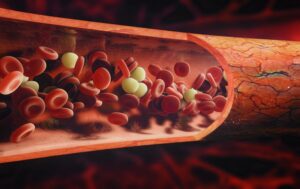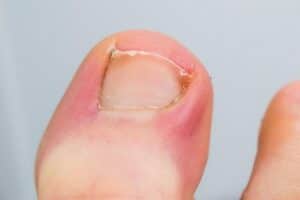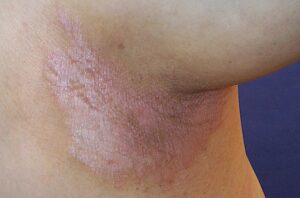Impetigo is a skin condition usually seen as red sores and then appears as a crusty and yellow scab as it heals. It usually forms around the face, especially on the nose, mouth, hands, and feet. Some of its symptoms are itchy blisters that contain yellow or tan fluid, quickly spreading rash, wounds found on the lips, ears, nose, arms, and legs, the appearance of swollen lymph nodes, and puss-filled blisters that quickly burst.
This skin infection is highly contagious, especially among infants and children. It is caused by bacteria like Staphylococcus aureus and Streptococcus pyogenes. It spreads quickly and easily by infecting the epidermis or the outer layer of the skin. The bacteria will enter the skin through an open wound, cut, scratch, insect bite, and even rash. Touching things, a person with impetigo could also pass the bacteria.
Children are most vulnerable to having impetigo, but adults can also have it. In addition, those living in a humid and warm climate, persons that have diabetes, those who have conditions on the immune system such as AIDS or HIV, persons with skin conditions, and those who play contact sports are susceptible and are at high risk of impetigo.
Here are some of the effective treatments for impetigo.
Aloe Vera

Aloe Vera is a widely known medicinal plant that targets skin concerns. Known for its numerous properties like anti-inflammatory, skin protection, anti-bacterial, antiseptic, wound healing, and anti-bacterial, it became a popular skin infection treatment ingredient around the globe. One of the skin conditions it heals is impetigo.
Studies have shown that aloe vera is an effective remedy for impetigo. Due to its anti-bacterial properties, it fights Staphylococcus aureus, the harmful bacteria that cause impetigo. Aloe vera can also reduce the growth of bacteria and stop the infection from spreading. In addition, the antioxidant found in aloe vera boosts its anti-inflammatory properties, which reduce the irritation, redness, and swelling of impetigo blisters. Aloe vera is also known to retain moisture content. This property is used to counter the dryness experience in having impetigo. It can also calm itchiness due to its skin protection property.
To use aloe vera, directly apply the aloe vera gel onto the infected skin. Dab carefully so that the crust will not be irritated. There are also over-the-counter aloe vera ointments that can yield the same effects.










